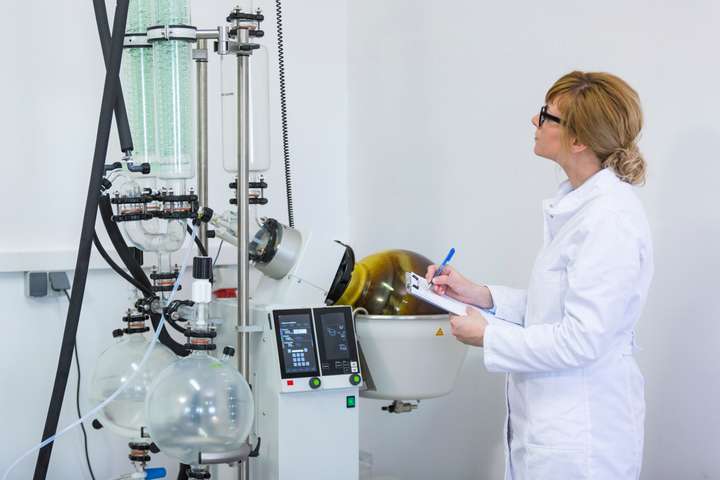Cannabis is a simple, straightforward substance that is incredibly easy to use. All it takes is a cannabis flower, a bit of drying time, a match, and a good pipe or rolling papers to give users their desired effects.

However, that doesn’t mean that more complicated methods of consumption don’t have anything to offer. For centuries, cannabis users have been extracting the active compounds from the cannabis plant to create concentrates, which offer more intense effects than the raw flower. In the 21st century, extraction methods have become incredibly high-tech, which helps preserve the potency and purity of the pot. If you are wondering how cannabis extracts are made, read on.
Solvent-based Extraction
The most common way to extract valuable compounds from plant matter is with solvents, which tend to be affordable and easy to use. In cannabis extractions, the most common solvents are butane and propane; if you see in a San Jose dispensary that a cannabis concentrate was created through a process called “BHO” or “PHO,” that manufacturer used butane or propane, respectively.
The processes involved in this extraction method are relatively straightforward. First, cannabis and liquid solvent are placed together so that the butane or propane can pass over the plant material. As the solvent “washes” the cannabis, it dissolves and carries away desired chemical compounds, like cannabinoids and terpenes, as well as fats from the plant, and it leaves the unwanted fiber behind. The process can involve several items of washing to increase the concentration of the final product. When the washing step is complete, the extractor needs to separate the solvent and the cannabis compounds, which involves a vacuum transforming the solvent from a liquid to a vapor, which leaves the cannabis compounds behind.
Solvent-based extraction doesn’t require complex or expensive machinery or components, and some home extractors have experimented with solvent-based extraction for decades. However, there are some downsides to this method. For one, both butane and propane are extremely flammable, and extraction rigs have been known to explode due to wanton sparks or flames. For another, both butane and propane are toxic, and failing to remove all traces of them from the final product can result in low-quality extracts that harm end-users.
Though solvent-based extractions have been popular for many years, increased regulations in the cannabis industry will likely reduce their frequency of use. Thanks to more extensive investments, many manufacturers now have access to a better — albeit more expensive — extraction process, which involves CO2.
CO2 Extraction
CO2 extraction requires complex and expensive equipment, which means experienced, professional extractors most often perform it instead of DIY extractors at home. Sometimes, this method is called “supercritical” CO2 extraction because the CO2 is used as a supercritical fluid or a gas turned to liquid under pressure.

As a liquid, CO2 acts just like butane or propane in the solvent-based method. The CO2 washes through the cannabis plant material, and as it does, it carries away the valuable cannabis compounds critical for the concentrate. The primary difference between CO2 extraction and BHO or PHO extraction is that once the plant material is sufficiently washed, separating the CO2 from the cannabis compounds is as easy as altering the pressure within the equipment. This immediately transforms the CO2 back into a gas without any traces left over.
Even better, CO2 is recyclable, meaning it can be transformed from the gas into liquid and back again many times. This makes the process more environmentally friendly than solvents like butane and propane, which tend to be released into the atmosphere as vapors.
Dispensary products extracted using CO2 can be more expensive than solvent-based extracts. That is the result of the high cost of the equipment involved and the advanced training required of those operating the equipment. Concentrates made this way can be upwards of three times the cost of raw flower, depending on the dispensary, the extract brand and other factors. Yet, because the final product is much higher quality, you will probably find the higher price tag worthwhile, especially if you prefer it over other cannabis products.
By no means are butane and CO2 the only ways to extract cannabis compounds, but they are the most widely used and most efficient of extraction methods. Perhaps as the cannabis industry evolves, more extraction methods will be invented, and consumers will have even better options for concentrates in the future.

